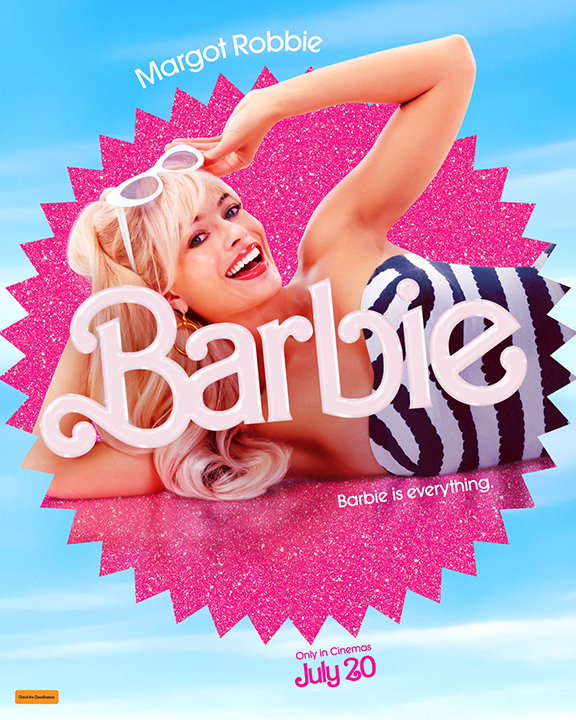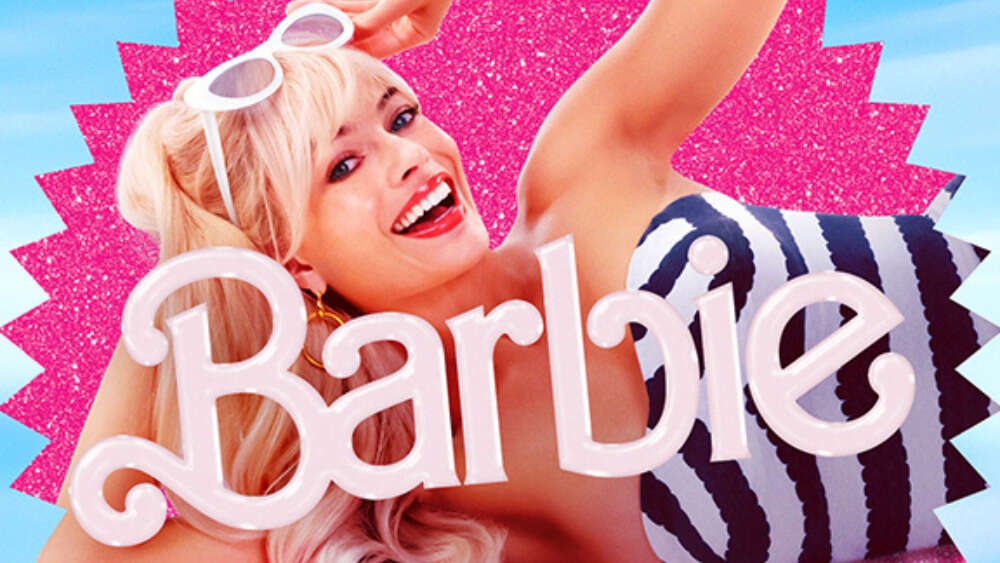I’m among the staunch few who have not yet seen the Barbie blockbuster, which has so far raked in around $775 million at box offices around the world.
It’s not that I have objections to the film, although I kind of do. It’s not that I won’t agree with all the viewers who proclaim the movie to be witty and thoroughly enjoyable, and yet I secretly hope to disagree. You see, like many women, my relationship with Barbie is complicated.
My ‘perfect’ plaything
During my childhood, she featured in my life and my playroom in a big way. My sister and I would have day-long Barbie games, setting up elaborate dwellings for our respective plastic families. Canopy beds, lunchbox cars and ice-cream container swimming pools capped off our decadent Barbie worlds.
While our Barbies themselves were always glamorous fashionistas, we brought them down to earth with brutally realistic make-believe. Our Barbies spent hours in childbirth, labouring overnight, before miraculously producing a baby the next morning when our game recommenced. In addition to childbirth and breastfeeding, their ‘lives’ were spent driving their tribe of children to school and on outings, and in between they shopped and cooked for their family.
I can’t remember ever steering our Barbies into the workplace. Even though our own mum worked part-time as a nurse, I don’t think that lent us a working-woman perspective on our plaything.
The only Barbies I desired were the ones with blonde hair, white skin and waifish proportions.
This is where the first complication in my relationship with Barbie arises. I’m ashamed to say that I had absolutely no interest in the career-minded Barbie. Even while Barbie was branching out as an astronaut, surgeon, vet, sportsperson, pilot and police officer (through progressive minds at Mattel, Barbie’s manufacturer), I preferred my Barbies to be clad in pink, wedded to Ken and at the service of her children. If my dolls did venture outside domestic boundaries, it was only to engage in ‘feminine” pursuits like ballet and hairdressing.
I also had no interest in Barbie diversity. I distinctly remember seeing dark-skinned Barbies cocooned in boxes as I perused the shop shelves, but I didn’t want them. In fact, I didn’t even want the dark-haired Barbie. The only Barbies I desired were the ones with blonde hair, white skin and waifish proportions.
In my defence, there weren’t many other options in the 1980s. While today Barbie boasts 35 skin tones and nine body types, in my day there was no such thing as a doll in a wheelchair or a Barbie with Down Syndrome. But even if there was, would I have chosen these ‘divergent’ types to play with? I’m afraid the answer is probably not.
Now this is where my relationship with Barbie really gets thorny. When my youngest child (one of three girls) developed the same infatuation with Barbie as her mother, I had the chance to help change Barbie’s narrative. I could have made a point of buying my daughter a fuller-figure Barbie or an Asian Barbie or perhaps a firefighter Barbie … but I didn’t. I gave her my old Barbies, and she played contentedly with the collection of blonde-haired, white-skinned, waifish dolls.
Perpetuating stereotypes
So when it comes to Barbie the movie, I am in two minds. At this point, I’m imagining those who have seen the film are calling out that it deliberately subverts these stereotypes and patriarchy in general. If you are with me among the few who haven’t yet seen it, here’s a brief synopsis: Stereotypical Barbie (played by Aussie actress Margot Robbie) and Ken (Ryan Gosling) leave the matriarchal utopia of Barbieland to venture into the real world. Here, Barbie discovers all sorts of imperfections, including her flat feet and a patriarchal hierarchy. This challenges her worldview and leads her on a journey of self-awareness.
Filmmaker Greta Gerwig (Little Women) – who wrote and produced the film with her husband Noah Baumbach – admits to struggling with her own body image as a teenage girl. Therefore she attempted to make the film “operate on two levels” by pointing out the unrealistic characteristics of Barbie – a dangerous decision when the film was co-produced by Mattel.
And yet, while Barbies sport an assortment of body shapes and skin tones in the movie, the main character is still played by the blonde-haired, white-skinned, waifish Margot Robbie. This is a disappointing choice, particularly in light of the progress made by this year’s remake of The Little Mermaid, which featured Disney’s first Black live-action princess (played by Halle Bailey). It suggests that the filmmakers are still captive to the narrow societal narratives that have underpinned Barbie throughout the decades, just as I was.
It feels like ‘wisdom’ can only be offered in our society when coated in cuteness.
In light of this, I don’t really want to feed more of my money and time into the pockets of Mattel or the Hollywood machine that perpetuates these beauty stereotypes. I also have issues with Barbie being celebrated as a “feminist bimbo” icon (although that’s a whole other article).
I’m also a bit tired of today’s skewed moral lessons, like those in Barbie, being only delivered by toys or animated characters. Yes, I loved the reminders about the value of friendship and putting others first that echoed through the Toy Story series. I also resonated with similar refrains about teamwork in The Lego Movie, and the need to acknowledge and accept our emotions and imperfections in Inside Out. But I do find it frustrating that these types of movies seem to be the only realm where it’s deemed safe to give moral advice. It feels like ‘wisdom’ can only be offered in our society when coated in cuteness. When, as you and I know, there is so much true wisdom and biblical advice that could be made available to our morality-starved world.

But then, there’s the gospel …
After saying all of this, there is one thing that does draw me towards the film – and it’s not the humour. It’s something Greta Gerwig said when interviewed about the film by Rolling Stone:
“I started from this idea of Barbieland, this place with no death, no aging, no decay, no pain, no shame. We know the story. We’ve heard this story. This is an old story. It’s in a lot of religious literature. What happens to that person? They have to leave. And they have to confront all the things that were shielded from them in this place.”
Sound familiar? It’s our story, all of humanity’s story, the Bible’s story. So perhaps there is a very good reason for me to see the Barbie movie after all, and to invite and discuss it with unchurched friends.


